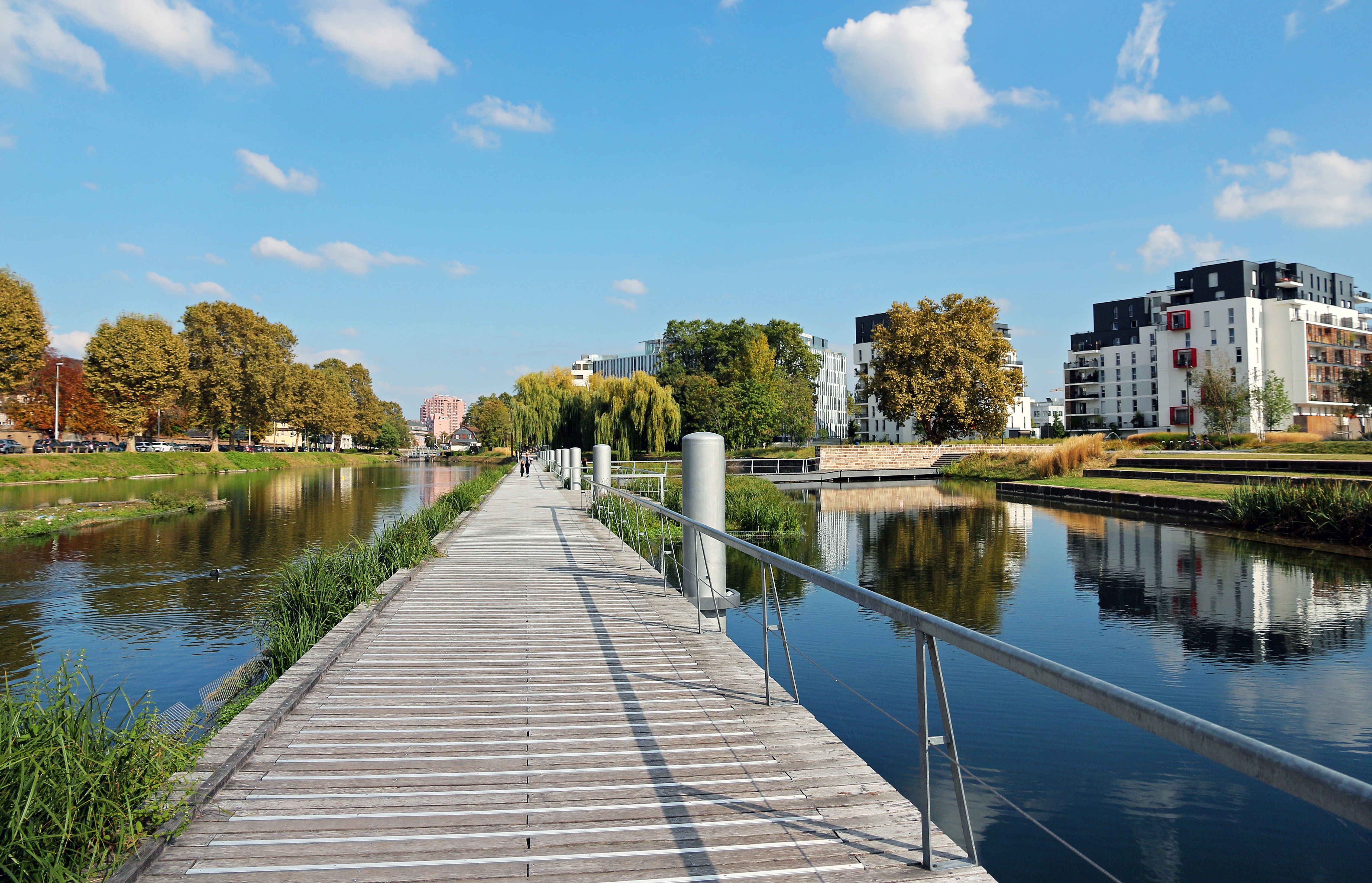Ever greener logistics!

For the logistics sector, 2020 will be a pivotal year for sustainable development. A balance will have to be found between the necessary simplification of the administrative authorisation rules, recalled in the Hémar / Daher report, and the effort required by public players to reduce the environmental impact of new constructions.
The recommendations of the report submitted to the Prime Minister by Eric Hémar and Patrick Daher on France's logistics competitiveness have not gone unheeded. On 8 January 2020, the France Logistique association, chaired by former minister Anne-Marie Idrac, was launched with the aim of implementing the report's recommendations.
New rules to protect biodiversity will gradually be imposed on investors. Among them is the "zero net artificialisation" objective set by the government. It concerns primarily housing, but also all real estate developments including logistics. Although this objective seems illusory in the short term, there is no shortage of good practices. More and more projects are being carried out on wasteland or land that has already been developed. This is the case, for example, with the E-Valley platform in Cambrai, built by BT-Immo on the land of a former air base. The first stone of this project, which covers 320 hectares, was laid last November.
The increased use of brownfield sites, both industrial and increasingly commercial, will raise the issue of regulatory distances between new buildings and neighbouring properties. These imposed distances are often responsible for a significant consumption of land.
Building height will also be an issue, particularly in the immediate vicinity of cities, in order to make better use of increasingly scarce land and to find sites to accommodate logistics activities in the city and implement cleaner delivery solutions. Investors are therefore confronted with fire safety regulations that are often more restrictive than in other European countries. Self-supporting buildings, such as high-rise stacker cranes, are in the sights of the fire safety authorities.
The subject of "zero artificialization" is added to other concerns that make logistics real estate projects more complex.The new provision integrated into the climate-energy law thus extends the obligation to produce photovoltaic energy or green roofs (30% of the roof from 1000 m²) to new logistics buildings. This provision, which existed in the 2016 Biodiversity Act, until now only concerned commercial premises. In the northern half of France, the installation of photovoltaic power plants on roofs will necessarily come up against the search for an economic model.
These increasingly stringent constraints, although complex to implement, are already being taken on board by property developers. For example, Barjane was awarded the Simi 2019 Grand Prix in the logistics property category for the Biocoop logistics platform in Ollainville (91). This multi-temperature logistics platform was built on a former brickworks. The deconstruction materials were reused for the construction of the building. A biodiversity trail has been created, including a 2500 m² wetland. The photovoltaic power plant to be built on the roof will be the largest in the Paris region on a logistics building.
This example shows the efforts made by developers-investors to anticipate the regulations that will gradually be imposed. New issues will then arise.
So many subjects that make this period an exciting logistical stage!